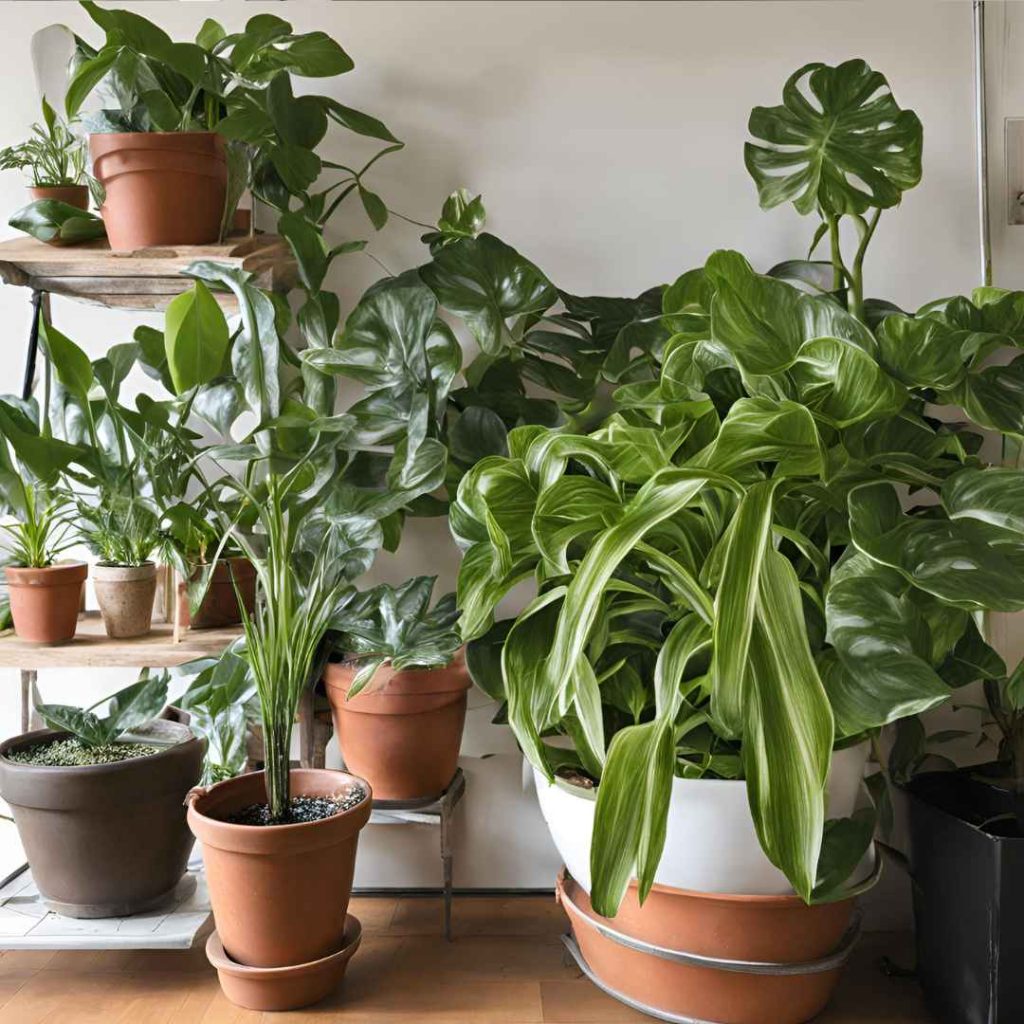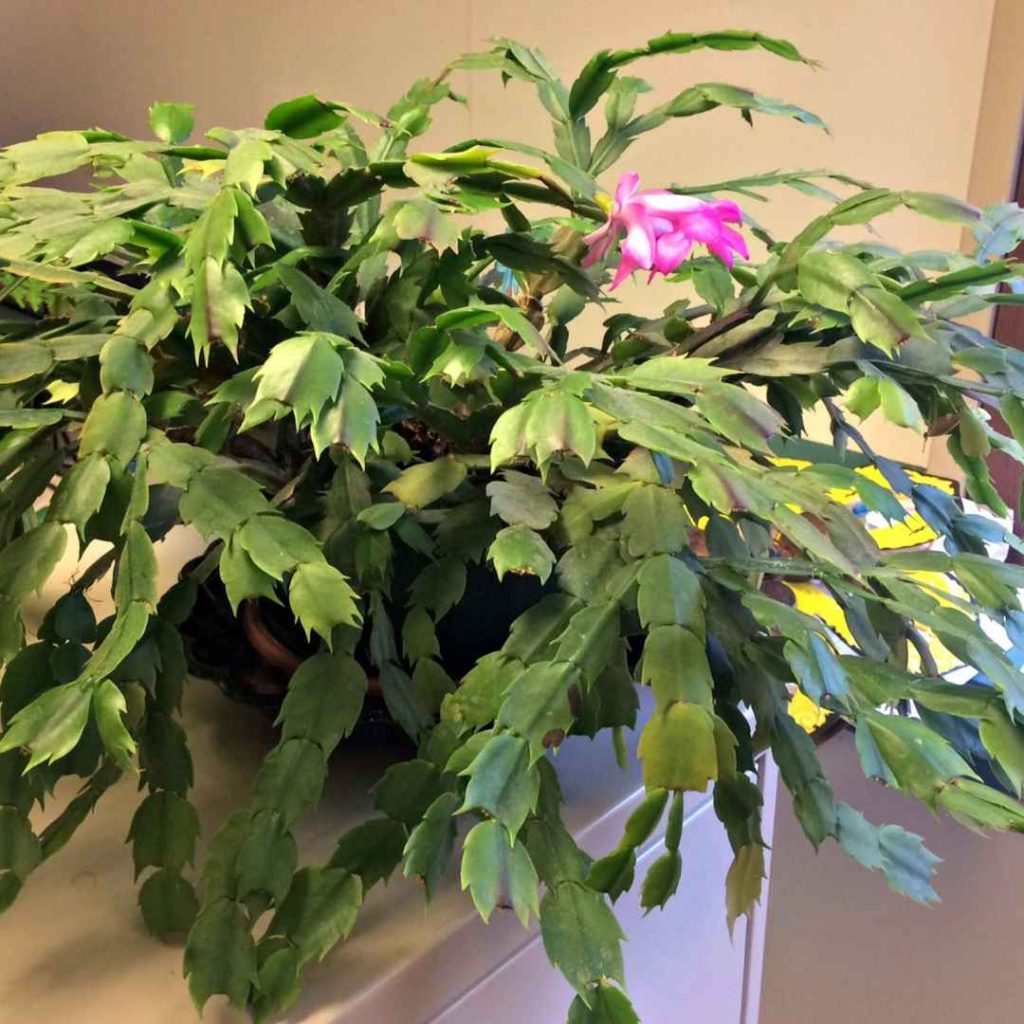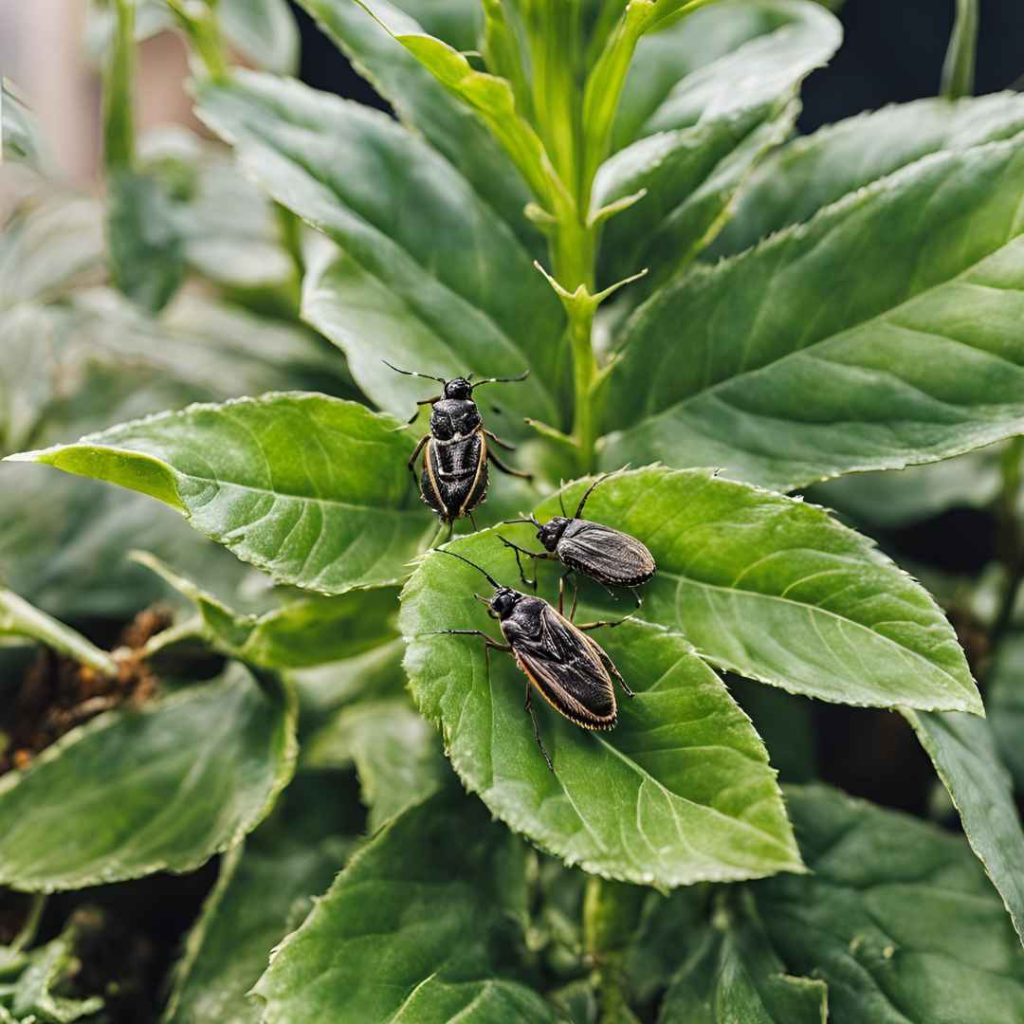In addition to providing a healthier atmosphere and other advantages, succulents deliver a welcome taste that’s organic indoors. If indoor plants don’t flourish, it can be upsetting, and we will also miss the advantage of having plants that are flourishing.
Still, it is essential to identify the typical symptoms of an ill houseplant and to modify care to restore the vegetation’s lushness and beauty.
The difficulties an indoor plant encounters might be communicated in a variety of techniques. By identifying those symptoms of an unpleasant and ailing houseplant, we can address the problems sooner and aid in the plant’s recovery and growth.
The Top 10 Indications That Your Indoor Plants Are Not Well And How To Address Them:
1: Lengthy, Lean, Twisted Growth:

A houseplant may begin to wobble and bend as it strives for the light that is accessible if it isn’t receiving sufficient. Rather than orderly development, this results in larger branches and twigs, giving the vegetation an unruly appearance.
This can be fixed by merely shifting the greenery to a location that faces the south or western region to get more sunshine. The amount of daylight can be increased by lifting adjacent shades or coverings, or by adding an overhead lamp to add additional illumination.
2: Burned Leaf’s:

In fact, specific vegetation may receive an excessive amount of illumination, causing their leaves to develop charred markings that resemble burns. By placing the vegetation in indirect illumination instead of sunny conditions, this can be readily fixed.
Curtains and blinds can be modified to eliminate exposure if the greenery is immobile. The plant’s fresh visual appeal can be readily restored by gently removing burnt foliage with a pointed pruning instrument, even though they won’t mend.
3: Loosening, Dying, Or Lowering Greenery:

Although poor irrigation causes plants to shrivel up, it’s a common misconception that dryness is the cause of drooping vegetation.
Whilst this may be the case, overwatering can also cause vegetation to turn yellow if their stems have started to rot and they are unable to soak up the necessary nutrients and water to maintain erect foliage.
To maintain the soil continually wet without excessive or inadequate fluid, examine the vegetation’s debris for humidity using a dampness sensor, which is simple and precise. Then, stick to a frequent irrigation strategy.
4: Absence Of Blossoms:

There can be an issue if the house plant isn’t blooming at all, even though many of them yield lovely blossoms. When plants are given excessive quantities of nitrogen, they will use that energy to produce more greenery compared to flowers.
Lowering dosing will prevent the vegetation from becoming overfed and producing an excessive amount of greenery, and selecting an evenly distributed fertilizer or one specifically designed to promote blooming is a simple solution.
5: Tone Of Fading Leaves:

Certain species of plants have striking foliage that look amazing inside, but if its hue starts to wane or the striped foliage become lifeless and monochromatic, the vegetation could not be receiving enough intense illumination to sustain color development.
The greenery will begin to glow once again if you move it to a warmer area, lift its glazing covers, or use an additional growing lamp. Clean dulling of the greenery can also be prevented by carefully wiping it with a damp towel.
6: Foliage That Is Becoming Yellowed:

One leaf coloration that frequently denotes illness is yellow. Yellowing foliage can be caused by a number of factors, such as low moisture levels, damp ground, or over irrigation. Moistness can be avoided by transplanting the plant to a larger container with adequate draining openings where the substrate can evaporate swiftly, or by modifying your irrigation routine.
The atmospheric dampness in an area can be raised with a tiny humidification device, or the level of moisture around the vegetation can be raised by placing a container of pebbles beneath the greenery.
7: Recommendations For Brown Foliage:

The greenery could not be receiving sufficient nourishment by reaching the tops of its leaves if only the edges are becoming crusty and brownish. Brown points may also result from an excess of fertilization or from a buildup of saline in the organic matter of the container.
Hydrating the vegetation properly so that the surplus water drips out the lower side of the container while flushing away any surplus fertilizer or salinity accumulation will also assist.
Putting things down, the rate of nourishment can also be beneficial. In addition to protecting substrates, placing a saucepan underneath the planting vessel will guarantee adequate ventilation and irrigation.
8: White Powder On Malformed Foliage:

The plant has powdery mildewing if its foliage appear covered with powder and are developing in strange, deformed patterns. Spray leaves, excessive moisture, and inadequate ventilation are the causes of this, although it is readily fixed.
Utilize a thin-spouted sprinkling can for reaching beneath the greenery, avoiding spraying the vegetation or spilling liquid on it. To maintain the overall well-being of the vegetation, remove part of the foliage and think about presenting an opening, switching on a ventilating device, or doing something else that will increase airflow.
9: The Ground’s White Base:

Salt accumulation is indicated by an off-white or creamy coating on the additional portion of the plant’s topsoil. The crust can be peeled away, but in order to avoid another infestation that might later harm the roots of the tree, the irrigation schedule desires to be changed. Salty buildup will be reduced by vigorous irrigation that drains out of the pot’s channels.
This issue can also be resolved by changing the supply of water, such as by gathering rainfall for succulents or utilizing purified water. Installing a container for rainwater is simple and may guarantee that all houseplants have enough water, with extra for the landscape.
10: Insects:

An ill houseplant can become infected with fungal bugs, parasites, magnitude, caterpillars, and even aphids. Consider gathering some specimens of any minute vermin that are creeping on the substrate, flying around the vegetation, or adhering to vegetation so that they may be properly identified at the gardening club.
While certain creatures can be removed by wiping or picking off indoor plants, others may require insect repellent soap solution to discourage them. Enhancing ventilation, the condition of the ground, irrigating, and general plant well-being will additionally assist in deter infestations.
Although it might seem that there are numerous possibilities for indoor plants to rapidly decline, it can be much simpler to correct these problems and return houseplants to their optimal condition when you recognize the warning signals.
Extras:
Problems With Indoor Vegetation:
Adequate soil, ample lighting, sufficient irrigation, and enough room are all necessary for vegetation to thrive, regardless of whether they are housed in a container or in an outdoor area.
However, indoor areas frequently have fewer rays unusually humid conditions, and possibly greater quantities of airborne pollutants, such as disinfectants, food remnants, and scents.
In addition to becoming crowded and depleting the nutrients in their small amount of soil, trained succulents might be agitated by inquisitive creatures or excited kids.
